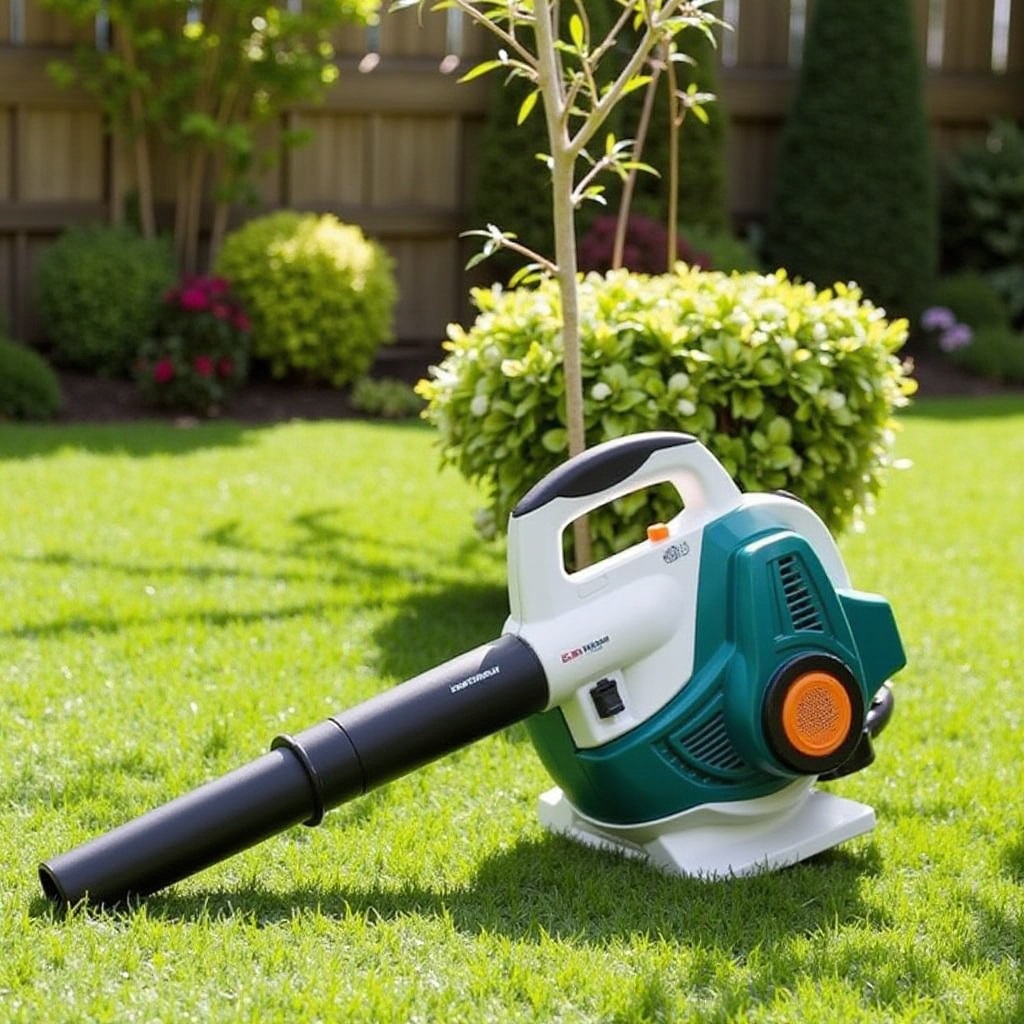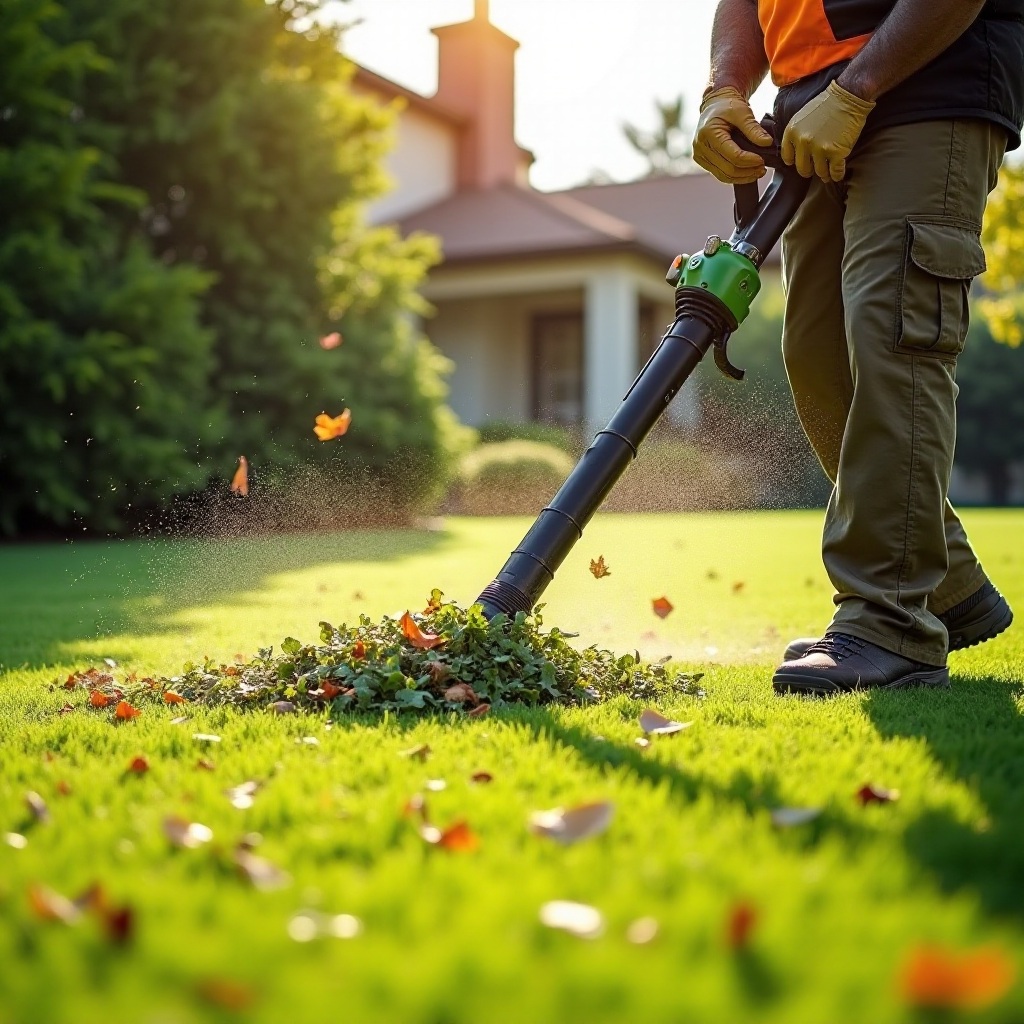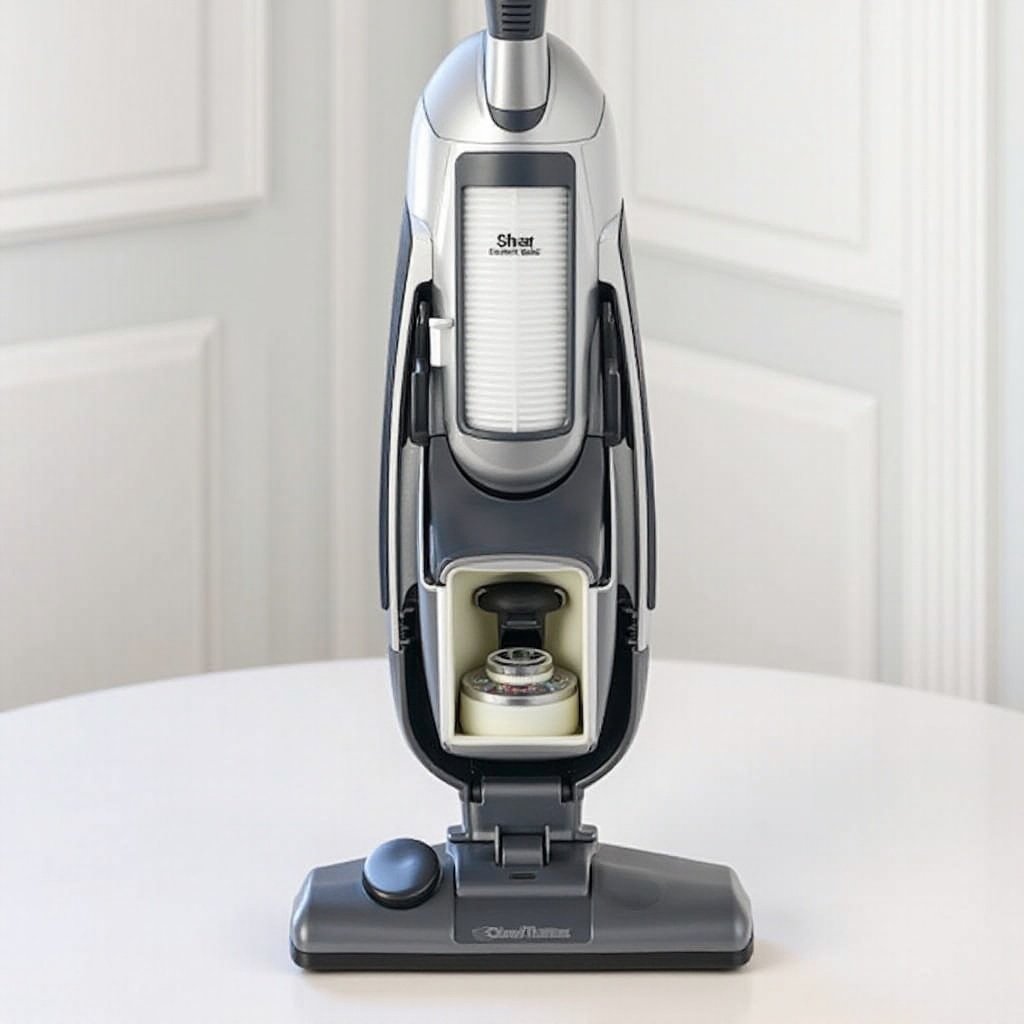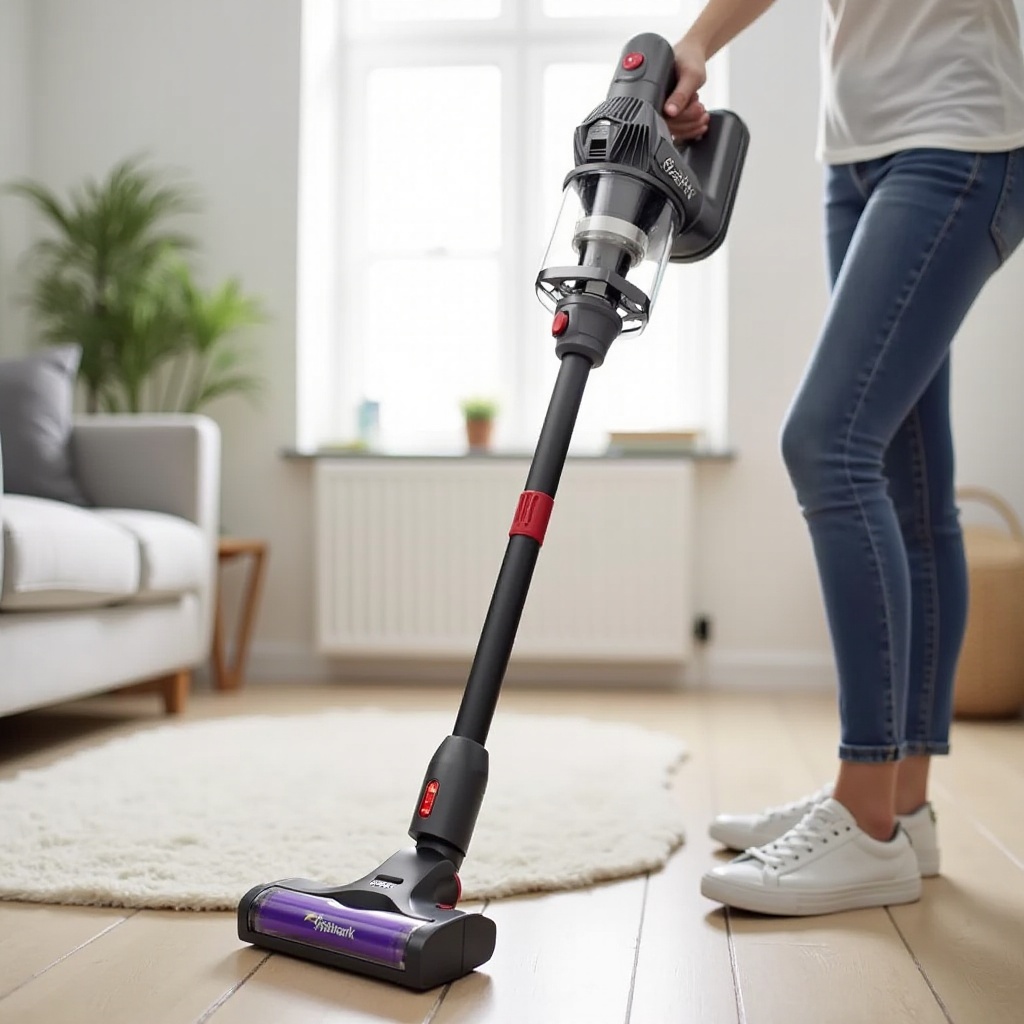Introduction
Choosing the right leaf blower and vacuum can transform the daunting autumn task of clearing yards into a quick and manageable activity. With several models available, each with different power sources, features, and benefits, understanding what suits your specific needs becomes critical. This guide not only reviews various options but also offers valuable information on key features, tips for usage, and top models for 2024.

Understanding Leaf Blowers and Vacuums
Leaf blowers and vacuums make maintaining your yard a breeze. They help manage leaves, debris, and even light snow, keeping areas clean and safe. While leaf blowers push debris away, vacuums collect it, both being invaluable tools for gardening enthusiasts and professionals alike. By understanding their functionality, you can make informed decisions about which type fits your needs. Moreover, advancements in technology have improved their efficiency, making it essential to keep abreast of the latest developments.

Types of Leaf Blowers and Vacuums
Choosing between the various types of leaf blowers and vacuums depends largely on your specific requirements. Each type has unique strengths and features:
Gas-Powered Leaf Blowers
Gas-powered leaf blowers are ideal for heavy-duty tasks. They offer robust power, making them perfect for large yards or commercial use. However, they tend to be noisy and require regular maintenance, including fuel and oil checks.
Electric Leaf Blowers
Electric models are quieter and more environmentally friendly. They connect to a power outlet, providing unlimited runtime as long as you have access to electricity. These are perfect for smaller areas but are limited by cord length.
Cordless Leaf Blowers
Cordless leaf blowers combine the freedom of movement with the environmental benefits of electric power. They run on rechargeable batteries, making them convenient for medium-sized areas. However, battery life may limit their usage duration.
Handheld vs Backpack Leaf Vacuums
Handheld vacuums are lightweight and easy to maneuver, suitable for small to medium tasks. In contrast, backpack vacuums are designed for extended use and larger spaces. They distribute weight evenly across your back, reducing fatigue.
Key Features to Consider
Selecting the right leaf blower and vacuum hinges on several key features that impact performance and user experience.
Power and Performance
Evaluate the power source and motor capacity. Higher power ensures better performance, especially for larger and heavily leaf-covered areas.
Ease of Use
Consider the design and ergonomics. Comfortable handles, lightweight models, and adjustable settings can significantly enhance user experience.
Noise Levels
Noise output varies. Electric and cordless models are generally quieter, suitable for residential areas with noise restrictions.
Durability and Build Quality
Invest in durable materials and construction. High-quality components withstand regular use and harsh conditions, offering longevity.
Maintenance Requirements
Regular maintenance ensures longevity and performance. Opt for models with easy-to-clean filters and accessible components.
Top 5 Leaf Blower and Vacuum Models of 2024
Based on the factors above, here are the top models for 2024:
Model 1
The Echo PB-580T is a powerful gas-powered option with exceptional airflow and durability, perfect for large yards.
Model 2
Greenworks 24252 offers cordless convenience with a 40V Lithium-Ion battery, providing a balance between power and portability.
Model 3
Toro 51621 UltraPlus is a versatile electric blower and vacuum, well-suited for medium to large gardens with its high-speed performance.
Model 4
DeWalt DCBL720P1 stands out as a top cordless model, equipped with brushless motors for longer battery life and efficient performance.
Model 5
The Husqvarna 150BT backpack blower offers robust build quality and comfort, ideal for professional landscapers facing heavy-duty tasks.
Expert Tips for Using Leaf Blowers and Vacuums
Optimizing your leaf blower and vacuum usage involves mastering safe operation, efficient techniques, and proper maintenance.
Safe Operating Practices
- Wear Protective Gear: Always use gloves, goggles, and ear protection to protect against debris and loud noise.
- Check the Area: Ensure the area is clear of obstructions and bystanders to avoid accidents.
- Follow Manufacturer Instructions: Adhere to the user manual for safe and effective operation.
Efficient Leaf Collection Techniques
- Work with the Wind: Utilize natural wind patterns to assist in moving leaves.
- Create Piles: Direct leaves into manageable piles for easy collection.
- Use a Tarp: Collect leaves on a tarp for swift disposal.
Maintenance and Storage Tips
- Regular Cleaning: Clean filters and remove debris from the blower/vacuum regularly.
- Inspect Components: Check for wear and tear, especially on moving parts and connections.
- Proper Storage: Store in a dry, sheltered area to avoid damage from weather conditions.

Conclusion
Thoroughly understanding the different types, key features, and top models of leaf blowers and vacuums can significantly enhance yard maintenance efficiency. By choosing the right model and adhering to expert tips, you can maintain a clean and tidy outdoor space with minimal effort.
Frequently Asked Questions
What is the best type of leaf blower for a large yard?
Gas-powered leaf blowers are ideal for large yards due to their robust power and efficient performance.
Can I use a leaf blower and vacuum on wet leaves?
Using them on wet leaves is possible but not recommended as it can clog the equipment and reduce efficiency. It’s best for dry leaves.
How often should I maintain my leaf blower and vacuum?
Regular maintenance, such as cleaning filters and inspecting components, should be performed after every use or as recommended by the manufacturer.


